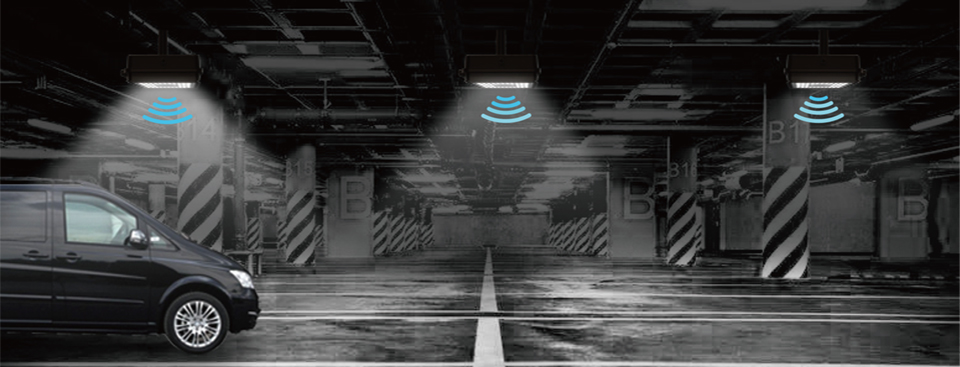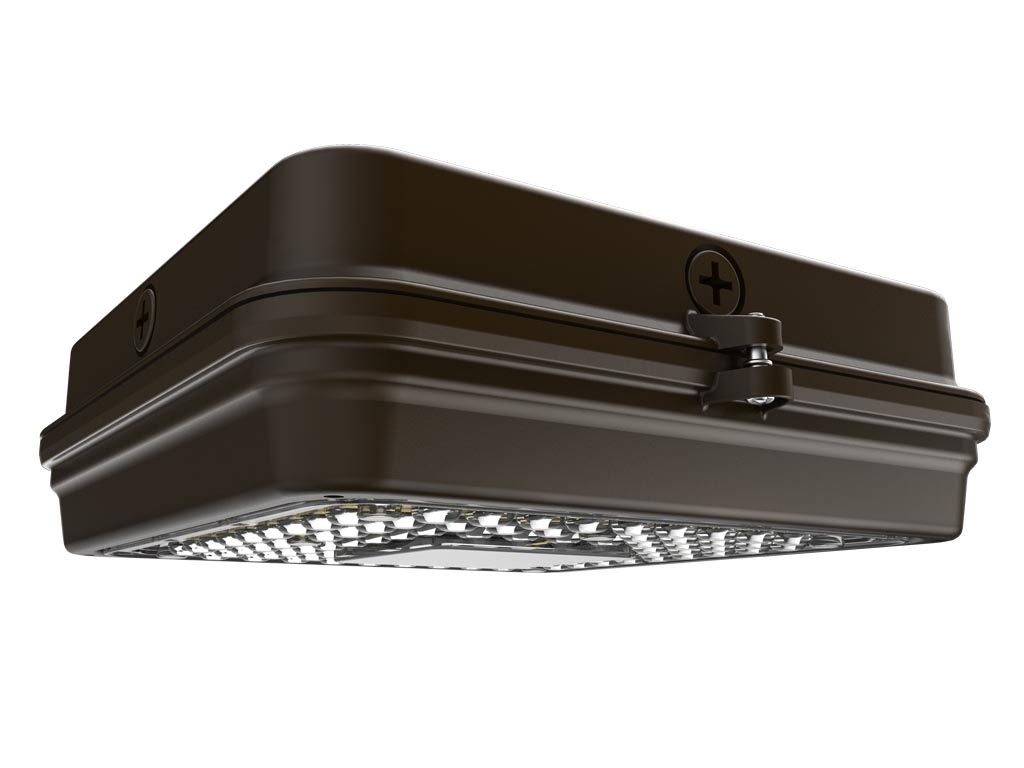Intelligent lighting control saves energy and reduces costs by ensuring fixtures are on or off with specific light levels at the required time. Sensors play an important role in realizing intelligent lighting control. Sensors allow lighting fixtures to react to environmental changes, such as daylight, time, and motions. However, more sensors do not mean better energy saving. Some consumers require a more cost-effective lighting solution by controlling multiple LED lights with one sensor. AGC provides custom lighting solutions for our customers. Here are two examples of lighting solutions to meet their needs.
Example one: one sensor controls 3-5 LED high bay lights
-
Customer requirement:
Our customer wanted to control 3-5 LED high bay lights with one sensor one time to reduce the cost of sensor and required the wire diagram of the lighting solutions.
-
AGC lighting solution:
Though our customer wanted to control LED high bay lights with a single sensor, we recommended installing sensors to both the first and last fixtures so that the customer could control the fixtures from both sides, achieving a more effective but not over expensive lighting control system. The wiring diagram we provided is as follows. Our customer just needs to connect the high bay lights as below diagram.

Example two: one sensor controls 14 Pcs LED lights
-
Customer requirement:
Our customer wanted to control 14 Pcs ST14 LED lights in a meshwork with one microwave sensor to cut down the total cost.
-
AGC lighting solution:
We offered two solutions and analyzed each of them for our customers at first.
Solution a:
One of the fixtures was installed with a microwave sensor and connected with the other 13 Pcs lights by wires, realizing a 14-light group control. When motions are detected by the sensor, all lights are on. This solution can reduce the total costs. But it needs to be quite clear where the sensor should be installed, entrance or exit.
Solution b:
Add a mesh-work gateway for the lighting system and install a sensor for each of the 14 fixtures. No worries about the places of sensor installation in this solution. However, with the addition of a gateway and sensor, a reduction in total costs is not available.
As the price of the microwave sensor was over budget, our customer asked for new solutions. Then, we offered the third solution which was satisfactory to our customer.
Solution c:
Install a dimming actuator which is based on KNX architecture in the lighting system and realize intelligent control. As our ST14 LED lights apply to the KNX system and the dimming actuator can work with up to 15 fixtures, this solution is able to control 14 Pcs LED lights as well as reducing the total cost.














